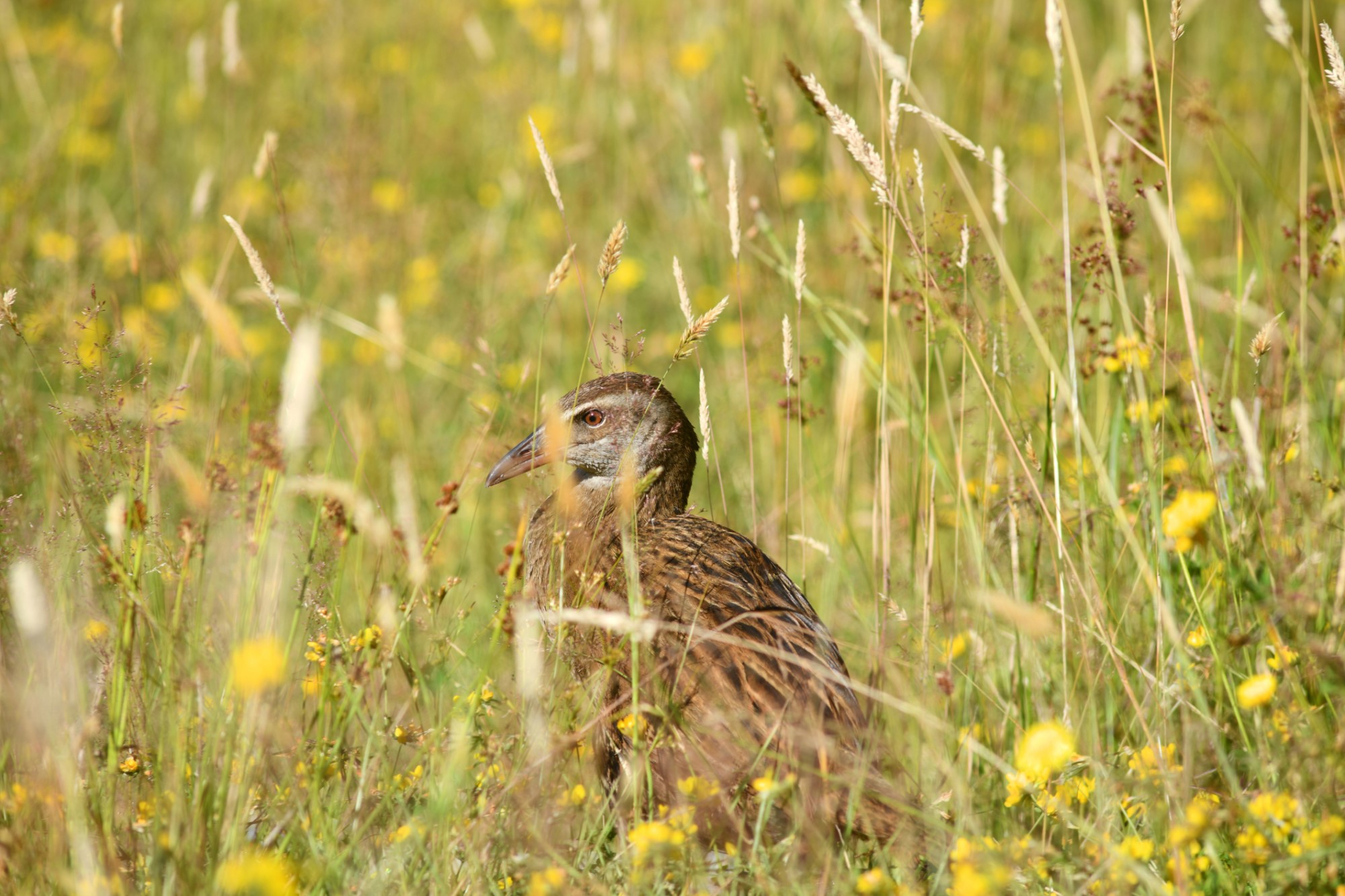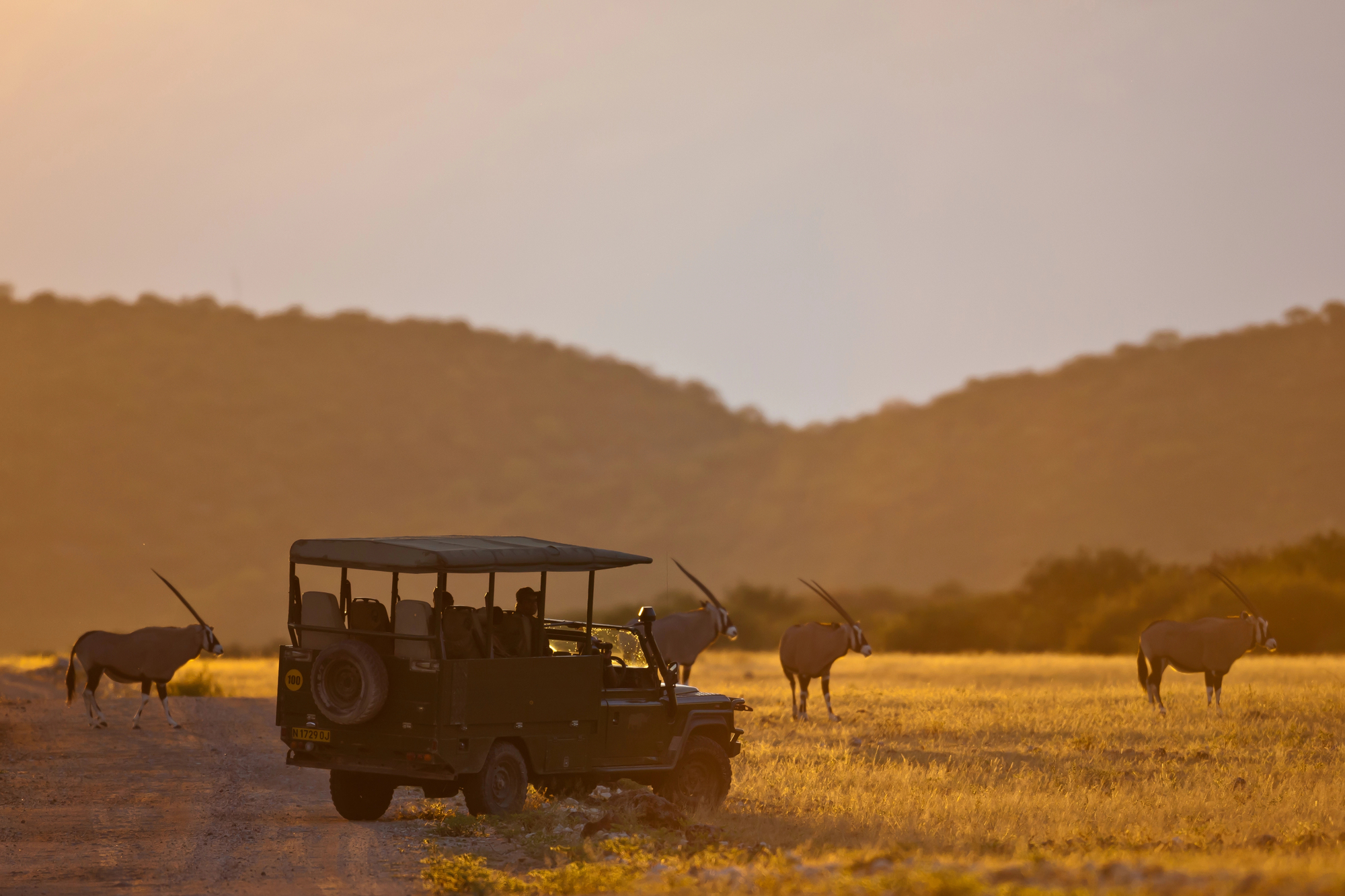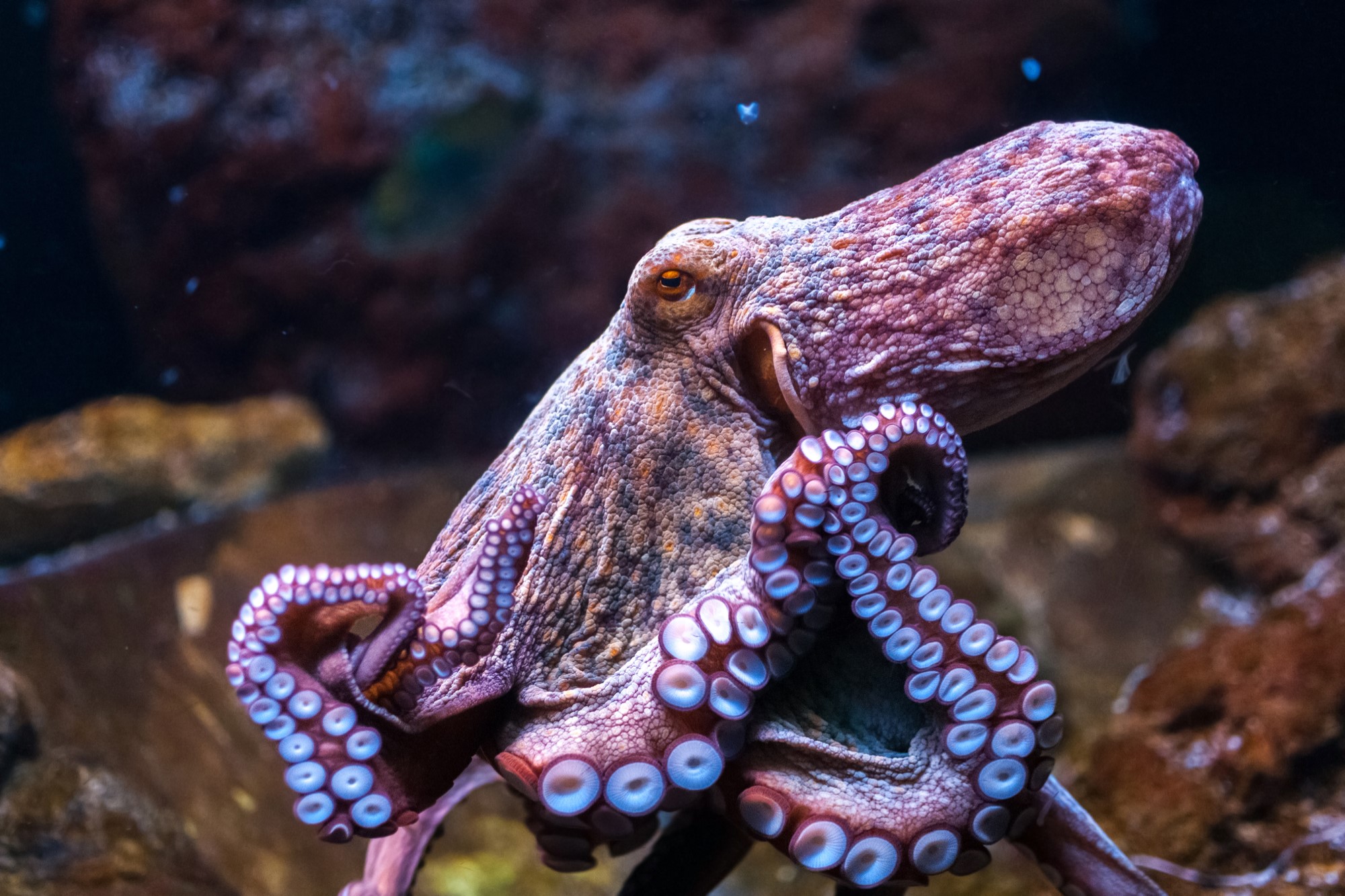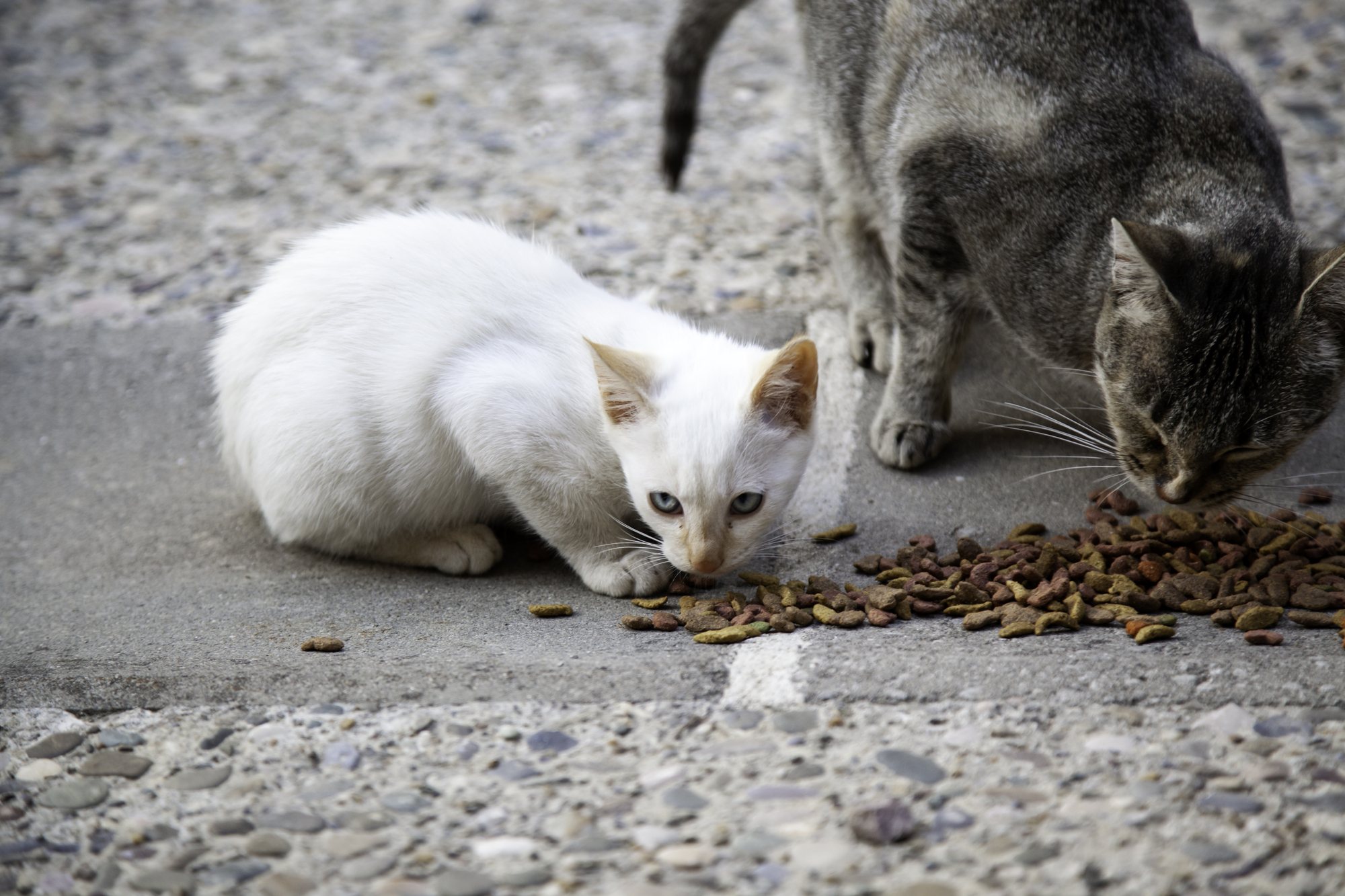Monkeypox’s Biggest Threat Might Be to Wild Animals
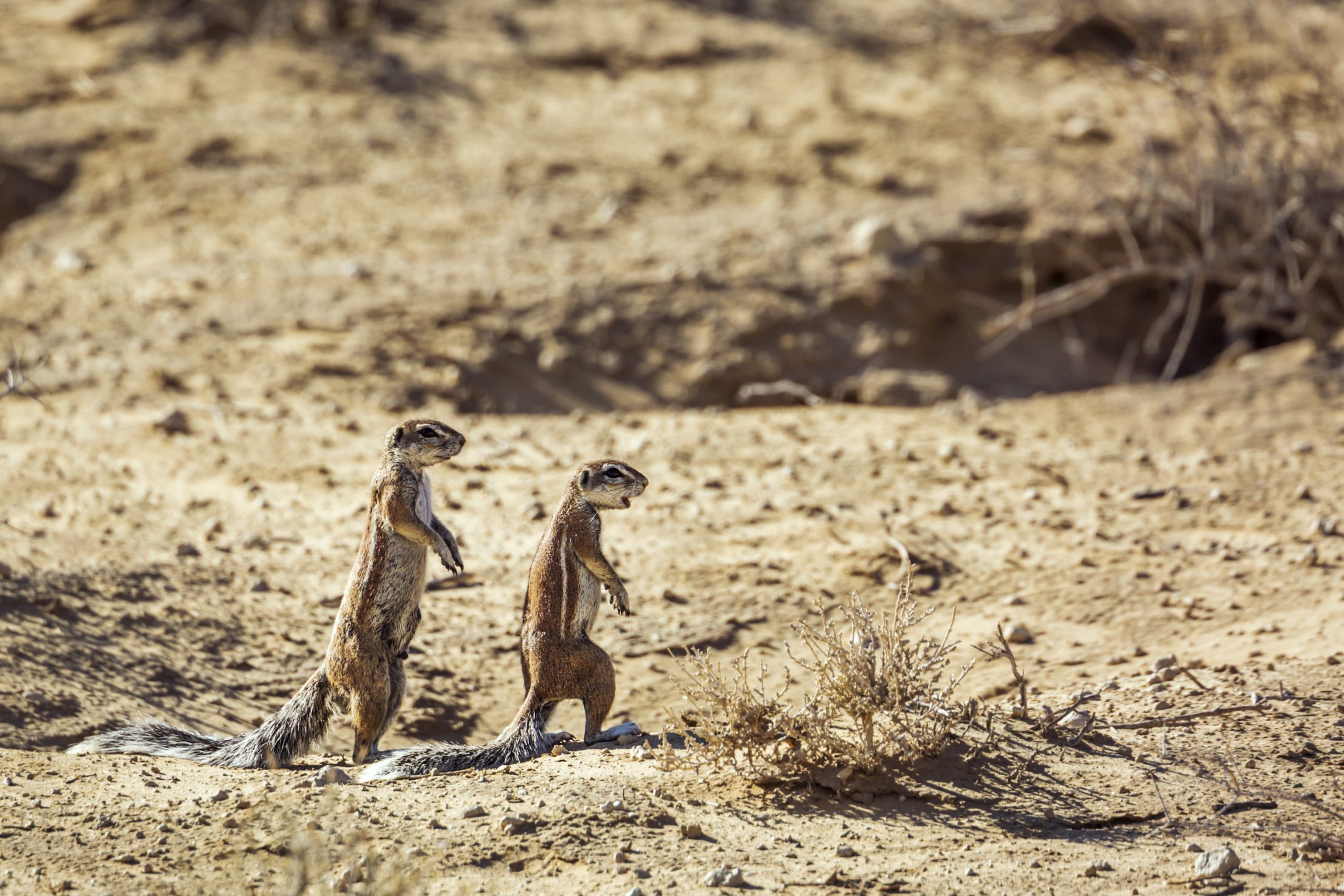
On May 18, a U.S. resident (who had recently traveled to Canada) tested positive for monkeypox, adding the United States to a growing list of countries that have detected cases of a virus normally found primarily in Central and West Africa. Over the following week, suspected cases have arisen in four additional U.S. states, leading President Biden to comment that “it is something that everybody should be concerned about.”
In the wake of the COVID-19 pandemic (which, to be clear, is “most certainly not over,” according to the head of the World Health Organization), it is understandable that reports of another ominous-sounding virus can be unsettling. But, as numerous outlets have shared, there are considerable reasons to be confident about our collective ability to face the unlikely possibility of a monkeypox outbreak: not only does the disease appear to have a generally low mortality rate (of less than 1%), but we already have an effective vaccine and other means to treat monkeypox patients. Also, transmission of the monkeypox virus (which is of a type that evolves comparatively slowly) is importantly more difficult than the coronavirus, requiring close contact with an infected carrier (for example, the CDC has recently warned that monkeypox rashes could be mistaken for symptoms of more common sexually-transmitted diseases). Altogether, the consensus of medical experts is that, though it is a serious disease that should be monitored, the threat posed by monkeypox is not nearly as significant as that posed by COVID-19: at present, we should not worry about a monkeypox pandemic.
However, this might not hold entirely true for one portion of the American population: nonhuman animals.
While the monkeypox virus is relatively rare in human patients, it is endemic in several African environments among a variety of nonhuman animal species: squirrels, rats, mice, and (unsurprisingly) monkeys have all tested positive for monkeypox at different times (its name, in fact, comes from the laboratory creatures in which it was first detected in the late 1950s). Typically, human monkeypox patients contract the disease from close contact with infected nonhumans, such as through a scratch or bite from an animal or from eating undercooked meat from a carrier. While the natural reservoir — the actual animal population that originally sources the virus — is not presently known, experts believe that multiple species could easily serve as regular carriers, potentially placing monkeypox at risk of becoming endemic in new environments (although, again, this is not to say that the virus would automatically therefore be a greater cause for concern, given the state of medical knowledge about it).
But this means that certain nonhuman animals might face a growing risk, if not from monkeypox itself, then from humans intending to prevent the spread of the disease by sacrificing the lives of nonhumans.
Here, we can indeed draw lessons from recent elements of the fight against COVID-19, such as how slaughterhouses “depopulated” during COVID lockdowns via the mass-killings of their stock (sometimes by simply shutting off ventilation systems to suffocate the animals). In a similar way, when a new variant of COVID-19 was detected among the mink population in Denmark, officials ordered that more than 17 million animals be “culled” (killed) to prevent further spread — a tactic mirrored on a more personal level by health workers in China who were killing the pets of people in quarantine. In a different way, the race to find a COVID-19 vaccine resulted in a shortage of animals used in medical laboratory tests (that require a stock of primates to intentionally infect and treat); this was one of several reasons why human vaccine trials were unusually accelerated. And this all is without considering the effects of contracting COVID-19 itself.
Granted, you might argue that at least some of these measures were necessary to stem the tide of the COVID-19 pandemic; furthermore, you might think that, if forced to choose between killing a deer infected with a disease and watching a human potentially die from that same disease, that we have a moral imperative to prefer members of our own species over other creatures. But what is important to note here is that neither of these points seem to properly apply to the present situation we face with monkeypox. By all accounts, although current case reports are unusually high in many places, it is nowhere near the same level of risk (of either morbidity or mortality rates) as the threat that COVID-19 has posed for the last two years:
if people were to start killing animals to prevent the spread of monkeypox, those killings would be far less clearly justified.
So, while the international medical community continues to track the present spread of monkeypox, the rest of us should each do our part to avoid a panic about the currently-unlikely threat of a monkeypox pandemic. Moreover, even though it is true that rodents and other wild creatures are the most common vectors for spreading the monkeypox virus, we should take care to avoid unduly threatening those innocent populations of creatures.

